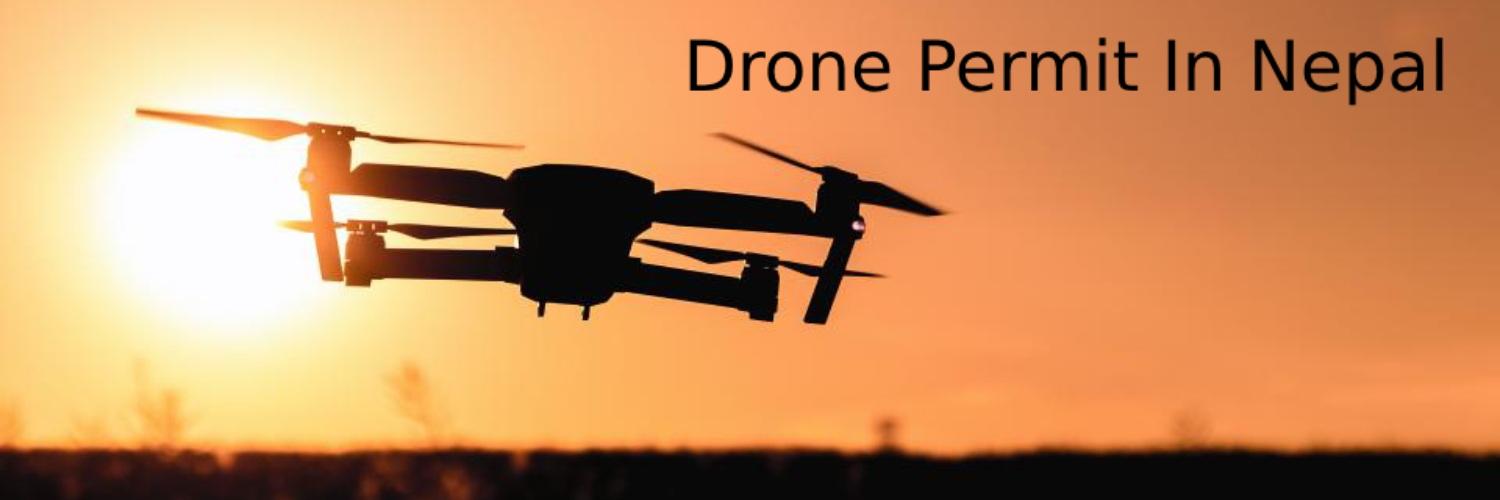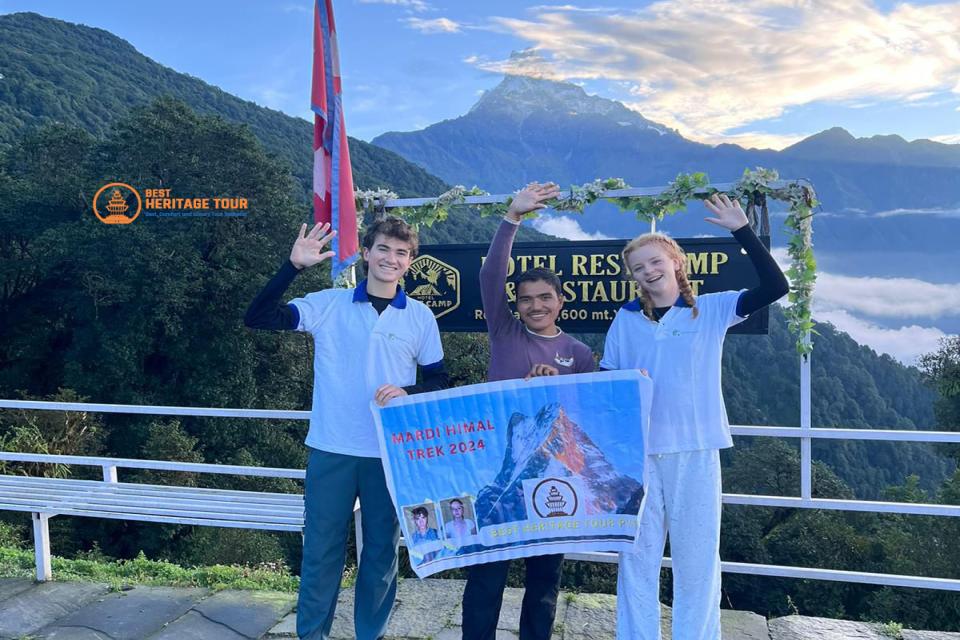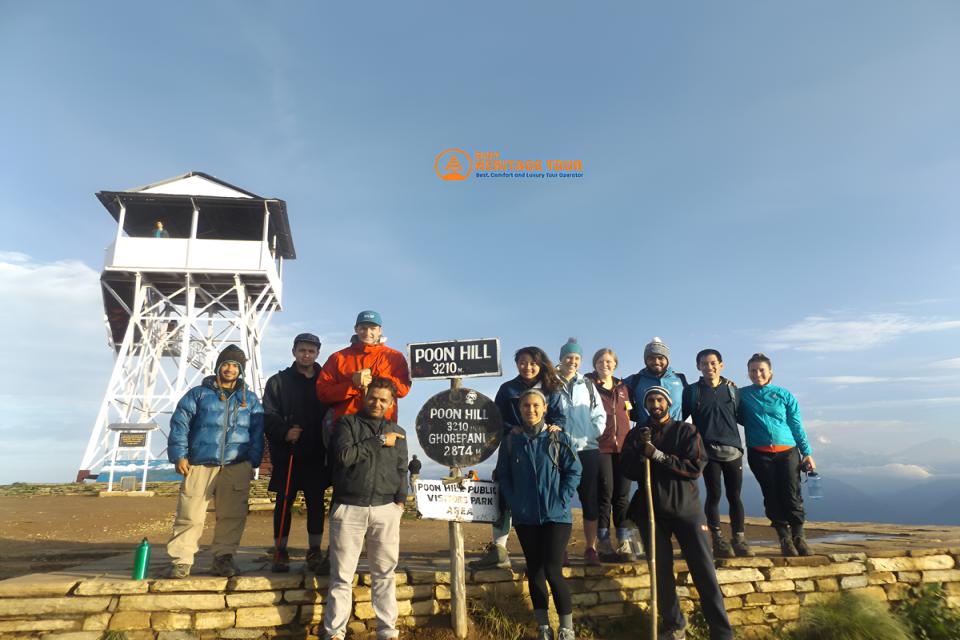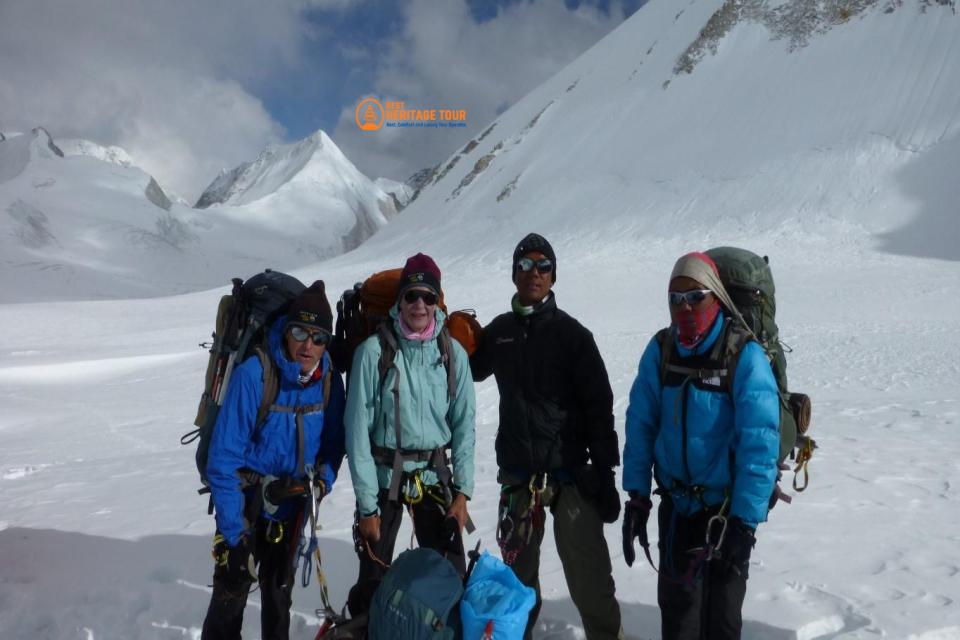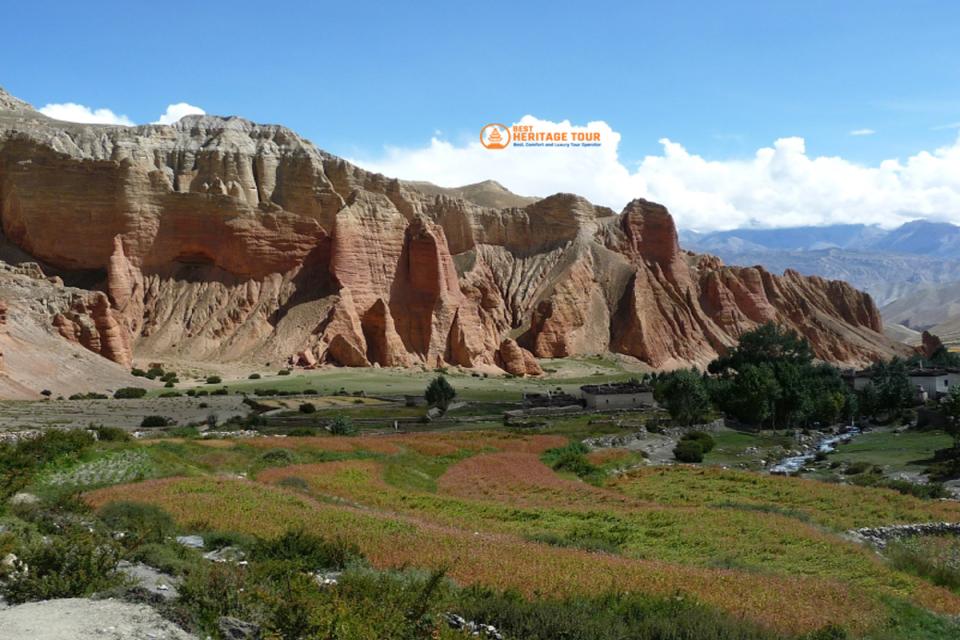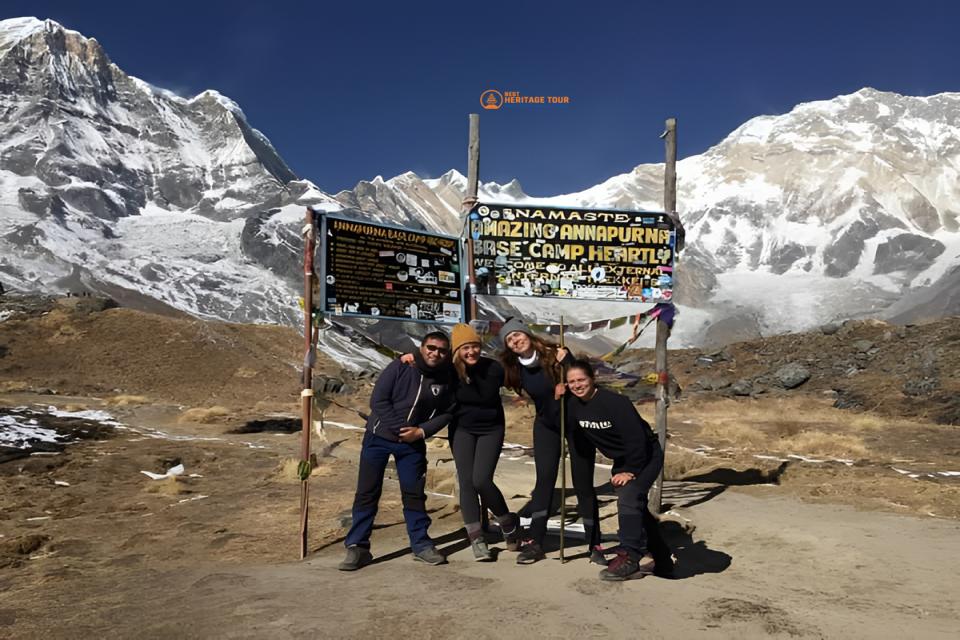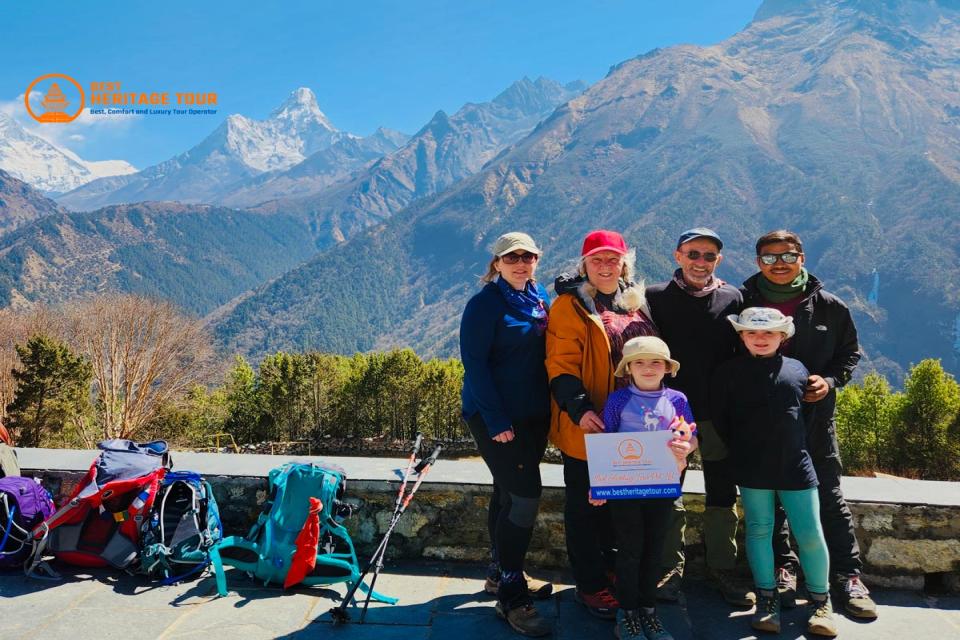Nepal, a land of towering mountains, lush valleys, and spiritual mystique, has become a magnet for drone enthusiasts. Whether you're a YouTube travel vlogger, a wildlife filmmaker, or a trekking tourist capturing breathtaking Himalayan landscapes, flying a drone in Nepal is an unmatched experience. However, the country enforces strict drone regulations to ensure airspace safety and national security.
Operating a drone without proper authorization can lead to fines, equipment confiscation, or even deportation. So, if you're planning to capture Nepal’s scenic wonders from above, getting a drone permit is not optional, it's essential.
In this comprehensive guide, we’ll walk you through the rules, requirements, and step-by-step application process to obtain a drone permit in Nepal for 2025/2026. Whether you're a tourist, expat, or local creator, this blog will equip you with everything you need to fly legally, safely, and responsibly.
Understanding Drone Usage in Nepal
Drones have revolutionized the way we document travel, and Nepal’s diverse topography makes it a dream location for aerial cinematography. From the snowcapped peaks of the Everest region to the tranquil lakes of Pokhara and the dense jungles of Chitwan, drone footage captures Nepal like nothing else can.
Common reasons for drone use in Nepal:
- Travel vlogging and YouTube content creation
- Aerial photography for trekking and mountaineering
- Filming documentaries or promotional tourism content
- Surveying and mapping in remote rural areas
But as drone use has increased, so have concerns. Authorities now regulate drone activity to prevent:
- Air traffic disruptions near airports (like Tribhuvan International Airport in Kathmandu)
- Invasion of privacy in densely populated or religious areas
- Security threats near military zones or government buildings
Therefore, flying without a permit, even unintentionally, can result in serious consequences.
Is a Drone Permit Required in Nepal?
Yes. All drone users must obtain a permit before operating any unmanned aerial vehicle (UAV) in Nepal, regardless of the purpose: recreational, academic, or commercial. The drone permit system is governed primarily by the Civil Aviation Authority of Nepal (CAAN) and enforced in collaboration with the Ministry of Home Affairs and, in some cases, the Ministry of Defense.
Permit requirements apply to:
- Tourists visiting for trekking, travel content, or leisure filming
- Professional photographers and videographers
- Commercial production teams (films, documentaries, promotional media)
- NGOs conducting mapping, surveys, or development projects
However, different permits may apply depending on:
- Drone weight and specifications
- Purpose of flight (personal vs. commercial)
- Location of drone use (urban, rural, restricted areas)
Recreational drones under 2kg, used in non-restricted areas, still require approval, though the process may be slightly simplified. Larger drones or flights in protected zones (like near the Himalayas, military areas, or national parks) will face tighter scrutiny.
Important Reminder: Drone flying without a permit is punishable by law and could lead to drone confiscation, legal penalties, or even denial of entry into Nepal for future visits.
Key Authorities Involved in Drone Permissions
Getting a drone permit in Nepal is not a one-stop process, it involves coordination between multiple government bodies. Depending on your flight location and purpose, you may need to secure approvals from two to four different agencies.
Here’s a breakdown of the key players in the drone permit process:
1. Civil Aviation Authority of Nepal (CAAN)
This is the primary agency that regulates drone operations in Nepal. They issue the official drone flight permit after reviewing your application, supporting documents, and flight plan. All drone operators, foreign or local, must apply through CAAN.
2. Ministry of Home Affairs
For added security clearance, especially in sensitive zones like Kathmandu Valley or near borders, approval from the Ministry of Home Affairs may be required. This ministry ensures that drone operations do not threaten public safety, privacy, or national security.
3. Ministry of Defense
If your drone operation involves high-altitude filming (e.g., Everest Base Camp), flights near army installations, or cross-border terrain, you will likely need approval from the Ministry of Defense.
4. Local Municipalities or District Offices
Local governments or tourism boards may need to be informed or provide letters of support, especially in remote regions, conservation areas, or national parks.
Tip: You don’t need to approach all these offices individually. CAAN usually facilitates communication with relevant departments once you submit a full application.
Categories of Drones and Their Permit Requirements
Nepal’s drone permit rules are based on drone classification by weight and intended use. CAAN categorizes drones to better regulate how, where, and why they’re flown.
1. Classification by Weight
- Micro Drones (Under 2 kg): Mostly recreational use. Less complex permit process, but still requires approval.
- Small Drones (2-25 kg): Common for travel content, commercial filming. Full application process required.
- Large Drones (Over 25 kg): Typically used by institutions or government projects. Require special clearance and expert operators.
2. Classification by Purpose
- Personal or Recreational Use: For hobbyists, bloggers, or tourists. A permit is required, but the flight zone is restricted.
- Commercial Use: For advertising, documentaries, mapping, and construction. Requires detailed project documentation.
- Academic or Research Use: Must include project outline, institutional support, and clear objectives.
- Government Use: Government departments using drones for surveys or disaster response need internal approval and CAAN registration.
3. Classification by Zone
Nepal is divided into flight zones for drone operations:
- Open Zone: General areas away from cities, airports, and military bases. Easier to get permits.
- Controlled Zone: Includes cities, semi-urban areas, and tourist zones. Permit requires extra scrutiny.
- Restricted Zone: Includes military areas, borders, national parks, and near airports. Special permissions needed.
Note: Always check with CAAN about the specific zone where you plan to fly. A GPS map of your flight plan is a must for permit processing.
Step-by-Step Drone Permit Application Process (2025/2026)
The application process for a drone permit in Nepal is paper-based but may soon move online. As of 2025, here’s how to get started:
Step 1: Pre-Planning Your Drone Operation
Before applying, define:
- Purpose of the drone use (e.g., tourism video, research, survey)
- Flight area with GPS coordinates or a digital map
- Drone specifications, including brand, model, weight, and serial number
- Duration of operation: start and end dates
Step 2: Gather Required Documents
Make sure your application includes:
- Completed the drone permit application form from CAAN
- Photocopy of your passport (and visa page, if a foreign national)
- Drone specifications sheet (manufacturer details, weight, range)
- Flight route map with exact GPS locations
- A purpose letter explaining why and where you want to fly
- Recommendation or clearance from the local authority (if needed)
- Insurance certificate (optional but recommended)
Step 3: Submit Application to CAAN
Visit or send your application to:
Civil Aviation Authority of Nepal (CAAN)
Safety and Security Department
Sinamangal, Kathmandu
Website: www.caanepal.gov.np
Processing may take 7 to 15 working days, depending on your drone type and flight zone. Commercial or restricted zone applications may take longer.
Step 4: Follow-Up and Approval
If approved, you’ll receive a written permit with terms and conditions. Always carry a hard copy while operating the drone.
Note: There is no official online permit system yet, so direct communication and manual submissions are currently required.
Special Rules for Foreign Nationals and Tourists
If you're a tourist or foreign content creator, the process of flying a drone in Nepal comes with additional steps and scrutiny. While Nepal welcomes visitors, authorities are especially cautious when it comes to foreign-operated drones due to concerns about national security and privacy.
1. Permit Process for Non-Residents
Foreign nationals must follow the same core application process via CAAN, but should take extra care to:
- Apply at least 2-3 weeks in advance of their intended drone usage
- Include a clear purpose statement, especially if drone footage will be published commercially (e.g., YouTube, TV, or advertising)
- Mention the exact areas of operation to avoid blanket rejections
2. Temporary Import Regulations
Drones brought into Nepal are considered temporary imports. While customs usually allow drones to pass without a fee for tourists, officers may:
- Inspect the drone and ask for supporting documents
- Require a customs declaration form, especially for large drones or professional gear
- Confiscate drones if found suspicious or unregistered
Pro Tip: Carry a printed copy of your drone permit approval letter at the airport. It may help clear your drone through customs faster.
3. Hotel or Trekking Agency Support
Many drone operators in Nepal choose to apply through or get documentation help from:
- Trekking agencies (especially for the Everest region, the Annapurna region, or the Mustang region)
- Hotel concierge teams (particularly in Kathmandu or Pokhara)
- Local travel fixers experienced in government paperwork
This can speed up the process and ensure your application is properly worded and formatted.
4. Drone Insurance
While not mandatory, having drone liability insurance is strongly recommended, especially for commercial operators. Some permit applications may even ask for it.
Flying a Drone in National Parks or Restricted Areas
Nepal’s national parks are among its most stunning and drone-worthy locations, but they’re also tightly regulated. Drones are banned by default in protected zones unless you receive written authorization from both CAAN and the Department of National Parks and Wildlife Conservation (DNPWC).
1. Key Locations Where Drone Rules Are Stricter:
- Sagarmatha National Park (Everest Region)
- Annapurna Conservation Area (ACA)
- Chitwan and Bardia National Parks
- Upper Mustang, Dolpa, and other remote restricted zones
2. How to Get Permission in Protected Areas
To legally fly your drone in these locations, you’ll need:
- CAAN permit (as usual)
- Special approval from DNPWC or the respective conservation area office
- Support letter from a registered trekking agency (in many cases)
- Strong justification for filming (e.g., nature documentary, research)
You may also be asked to pay entry or filming fees, especially in the Annapurna and Sagarmatha regions.
Respect local culture: Many remote Himalayan communities are deeply spiritual, and drones can be seen as intrusive. Always ask for verbal consent before flying near people, temples, or settlements.
3. Examples of Permit Rejection
- Drones in Upper Mustang for tourists without a clear commercial purpose
- Attempts to fly in Chitwan without the conservation board's approval
- Filming religious festivals without permission from local authorities
Even with a CAAN permit, local rangers or police may stop your flight if you don’t have DNPWC clearance.
No-Fly Zones and Flight Restrictions in Nepal
To maintain airspace safety, Nepal enforces strict no-fly zones where drones are completely banned, even with a permit. Flying in these areas is considered a violation and could result in drone seizure, fines, or legal action.
1. Restricted Airspaces (Permanent)
- Airports and Helipads (within 5 km radius)
- Military bases, embassies, and government buildings
- Royal palaces and VIP residences
- Kathmandu Durbar Square, Swayambhunath, Pashupatinath Temple
2. Temporary Flight Bans
These are occasionally enforced during:
- National events or state visits
- Natural disasters (e.g., earthquakes, floods)
- Political unrest or demonstrations
Note: Check with CAAN or local authorities for any temporary flight restrictions (TFRs) before flying.
3. Maximum Altitude and Range
According to CAAN guidelines:
- Maximum altitude: 120 meters (400 feet) above ground level
- Maximum horizontal distance: 500 meters from the operator
- Line of sight flying only: FPV (First Person View) is not allowed for public flights
Note: Drones must not interfere with manned aircraft under any condition.
Cost of Getting a Drone Permit in Nepal
While drone flying is legal in Nepal with the proper permits, it does come with some costs, especially if you’re a commercial operator or planning to shoot in sensitive areas.
1. Application Fees (As of 2025/2026)
Currently, there is no standardized fee listed publicly by CAAN, but based on recent trends and user reports, here’s what you can expect:
|
Type of Permit |
Estimated Fee (NPR) |
USD Equivalent (Approx.) |
|---|---|---|
|
Recreational Drone (<2kg) |
Free - NPR 1,000 |
$0 - $8 |
|
Commercial Drone Use |
NPR 2,500-5,000 |
$20-$40 |
|
Drone in Conservation Area |
NPR 5,000-10,000+ |
$40-$80+ |
|
Filming Fees (DNPWC) |
NPR 10,000+ |
$75+ |
Note: If you’re filming for a documentary or tourism board campaign, additional filming and location-specific fees may apply, especially inside national parks or historical areas.
2. Other Costs to Consider
- Permit printing and courier charges (if applying remotely)
- Translation fees (if your documents aren’t in English or Nepali)
- Agency or fixer fees (optional, but helpful)
- Drone insurance premiums (recommended for commercial use)
Pro Tip: Always carry cash for official receipts, many government offices still operate offline and do not accept card payments.
Tips for a Successful Drone Permit Application
Getting your drone permit in Nepal can be smooth if you follow the right steps and avoid common pitfalls. Here are the top tips to maximize your chances of approval:
1. Be Honest and Transparent
Clearly state:
- Your full flight purpose
- Locations (with GPS coordinates)
- Duration and type of footage
- Drone model and weight
Avoid vague phrases like “just for fun” or “random scenery”- this can trigger red flags.
2. Apply Early
Start the permit process at least 2-3 weeks before your intended flight date. Government offices can take longer during festivals, political events, or bad weather.
3. Use a Local Contact
A Nepali contact, like a guide, agency, or hotel, can:
- Help navigate bureaucracy
- Follow up with the offices
- Translate documents and intent letters
- Speed up inter-agency communication
4. Avoid Flying in Urban or No-Fly Zones
Stick to open, scenic, and rural locations like:
- Pokhara Lakeside
- Ghandruk and Ghorepani
- Langtang and Helambu
- Areas outside Kathmandu Valley
Always attach a map screenshot with your application showing safe, approved flight zones.
5. Carry Physical Documents
Keep printed copies of:
- Drone permit approval
- Passport and visa
- Purpose letter
- Hotel/tour confirmation (if needed)
You might be stopped at checkpoints or by local police/rangers.
What Happens If You Fly Without a Permit?
Flying a drone without permission in Nepal is a punishable offense. Whether you’re a tourist or a citizen, unauthorized drone flights are taken seriously by CAAN and local authorities.
1. Penalties for Unauthorized Drone Use
- Confiscation of your drone
- Fines ranging from NPR 5,000 to 50,000 ($40-$400)
- Possible arrest or legal case for breach of airspace law
- Blacklisting for future entries into Nepal (for tourists)
- Detention or questioning by local or national police
- Deportation in rare and severe cases
The Nepalese Army has authority over airspace violations. If caught near military zones, expect strict handling, even if unintentional.
2. Real-Life Incidents
- In 2023, a German vlogger was detained in Lukla for flying without a permit in the Everest region. His drone was seized, and he was fined NPR 25,000.
- A travel agency was fined in 2022 for using drone footage in Chitwan National Park without prior DNPWC clearance.
These are not rare occurrences, and enforcement is increasing with more tourism and drone popularity.
Flying Your Drone Safely and Responsibly in Nepal
Once you have your permit, it’s time to enjoy the skies, but with safety and responsibility. Drone misuse can not only get your device confiscated but can also harm people, wildlife, or sensitive heritage sites.
1. Safety Guidelines for Operating Drones
- Maintain line of sight: Always keep your drone within visible range.
- Avoid crowds: Never fly over public gatherings, temples, schools, or events.
- Fly during daylight: Drones are only permitted to fly between sunrise and sunset.
- Stay under 120 meters: CAAN limits drone altitude to 120 meters (approx. 400 feet).
- Don’t fly near aircraft routes: Avoid known helicopter corridors, especially in trekking regions like Everest or Annapurna.
Reminder: Even after getting a permit, violating these rules may result in penalties.
2. Technical Best Practices
- Check weather conditions before every flight.
- Fully charge batteries before trekking into remote areas.
- Calibrate your drone’s compass and GPS each time you change locations.
- Bring extra propellers in case of mid-flight crashes or rough landings.
3. Areas Where Extra Caution is Needed
- Lukla Airport (Everest Region): One of the world’s most dangerous airports.
- Pashupatinath Temple (Kathmandu): No drone zone due to religious importance.
- Royal Palaces and Military Barracks: Always prohibited.
Eco-Ethical Drone Practices in Rural and Cultural Zones
Flying a drone isn't just a technical act, it’s also a cultural responsibility, especially in a country as spiritually and environmentally rich as Nepal.
1. Respect Local Communities
- Always ask permission if flying over villages or near locals.
- Avoid disturbing rituals or funerals, especially in Hindu or Buddhist areas.
- Do not fly drones near monasteries, unless you have formal approval.
Nepali people are incredibly welcoming, but drone intrusion into sacred spaces can offend or scare them, especially elders or children.
2. Protect Wildlife and Nature
- Never chase or startle animals (yaks, monkeys, birds).
- Avoid filming nests or mating areas in parks like Chitwan or Bardiya.
- Use quieter drones or lower propeller speed to reduce noise pollution.
Nepal is home to endangered species like the Bengal tiger and red panda. Irresponsible flying can lead to habitat disruption or stress on wildlife.
3. Be a Conscious Traveler
- Carry your drone parts and batteries out of the country; don’t leave tech waste.
- Educate fellow travelers about the importance of flying legally and respectfully.
- Share your legal, permitted drone footage online and tag #DroneNepal or #FlyLegalNepal to promote awareness.
Conclusion: Fly High, But Fly Legal in Nepal
Nepal is one of the most breathtaking places on Earth to fly a drone. From the icy peaks of the Himalayas to the lush jungles of Chitwan, every shot you take can tell a powerful story. But to do it right, and avoid legal trouble, you must understand the rules, respect local cultures, and protect nature.
To recap:
- Get a CAAN permit and approvals from other agencies if needed.
- Apply well in advance with a clear purpose and a GPS map.
- Avoid restricted and sensitive zones, especially military, airports, and religious areas.
- Always fly safe, low, and local.
- Be an eco-ethical traveler, not just a drone pilot.
With the right permissions and awareness, your drone can elevate not just your content but Nepal’s story to the world.
Want to Fly Your Drone Legally in Nepal? Get the right permits, skip the hassle, and capture Nepal’s beauty from above, legally and safely. Best Heritage Tour is your trusted Nepal trekking and tour operator, helping travelers secure CAAN drone permits, plan drone-friendly treks, and navigate all legal approvals.
Contact us today and make your drone adventure in Nepal smooth and stress-free! Get all the details and personalized assistance now:
-
Phone/WhatsApp/Viber: +9779851149197 / +9779810043046
-
Email: bestheritagetour@gmail.com / info@bestheritagetour.com
-
Website: www.bestheritagetour.com
-
Location: Thamel Marg, Kathmandu, Nepal
Author: Best Heritage Tour
Date: 16th June, 2025

